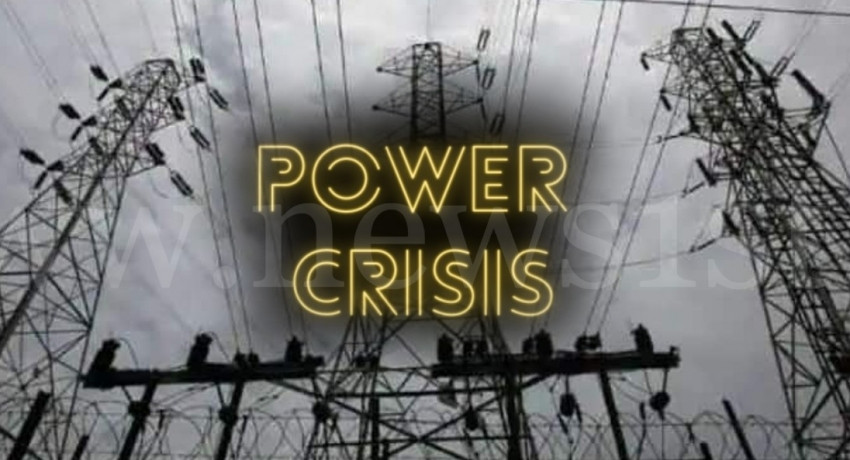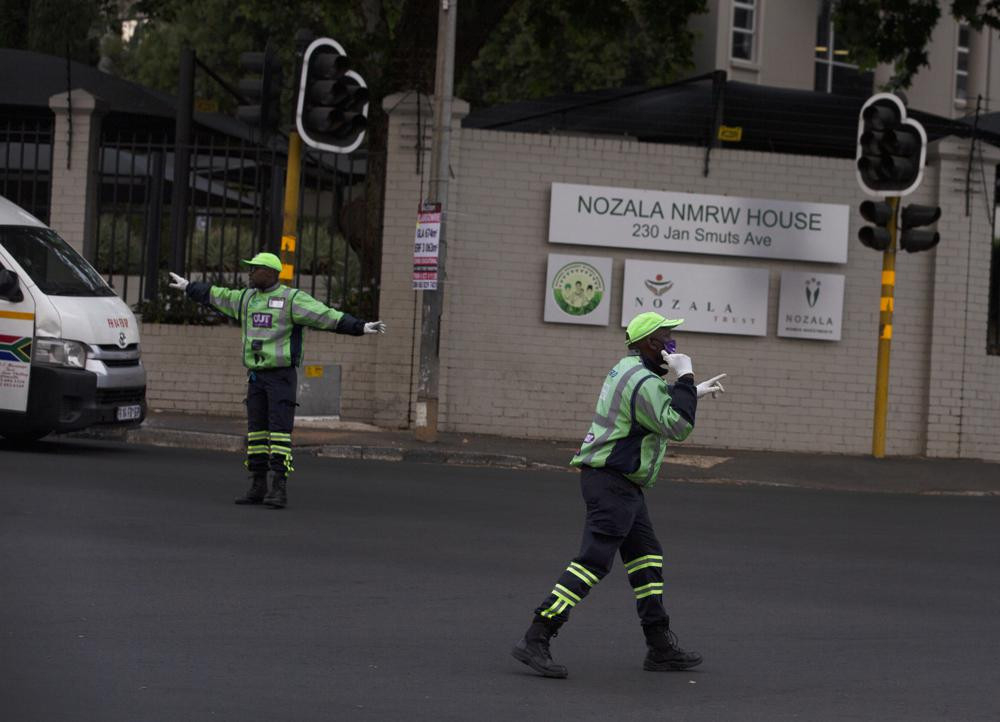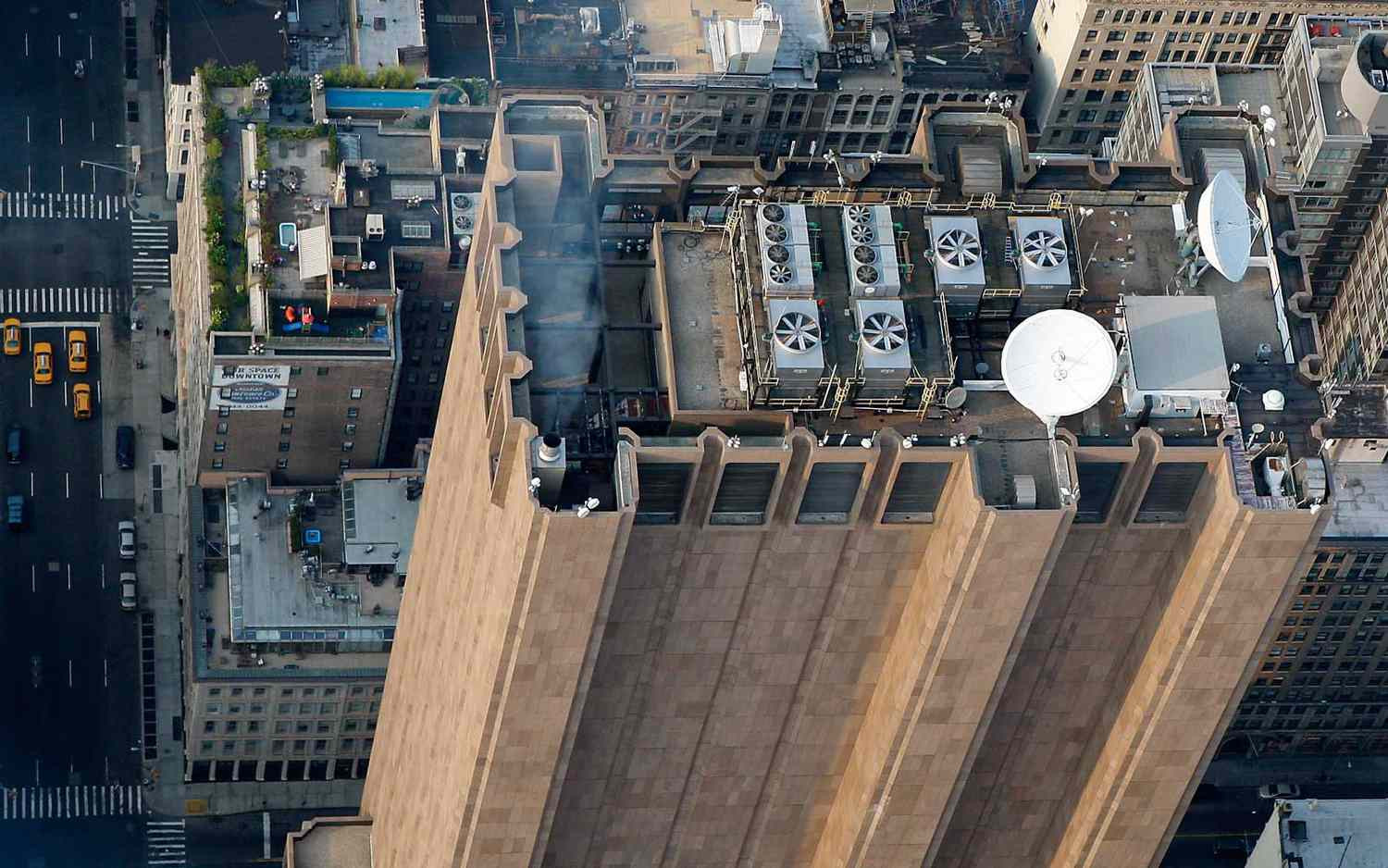Tens of thousands of Tasmanians endured lengthy delays to power reconnections after 20 per cent of the state's power infrastructure was damaged during wild weather. When a wave of strong cold fronts crossed Tasmania last month it left thousands of households without power. Severe winds and flooding left a trail of damage, including fallen trees that had downed transmission lines. In the storm's aftermath, state-owned electricity provider TasNetworks said it had sustained damage to more than 20 per cent of its network, with 150,000 customers experiencing outages at some stage.
Over two weeks, it meant many thousands of Tasmanians, mostly in the north and north-west, went days without heating, lighting, refrigeration and for some, access to tap water. Many have expressed frustration at a lack of communication, and may be able to air their concerns, as an independent review into TasNetworks' handling of the emergency is called.
Impact on Residents
In the state's north, John Gardner waited 11 days for power to return to his Loira property, living off a generator and cooking on a gas stove for most of that time. "Reading books by torchlight was what life was like, really," he said. Mr Gardner said he received text messages from TasNetworks, but was told the power was back on when it wasn't, and given restoration times that didn't transpire.
"If you're given an expectation of when the power's coming back on, you start to plan for that, and then to have that taken away and wait close to another week it's pretty frustrating," he said.
Further south in Notley Hills, Leigh Blazely's generator provided enough energy to run the television and one light while he waited two weeks for restoration. While he couldn't fault workers who were "under the pump", he thought communication could have been more open.
"I've had one text from TasNetworks, and that was the first day of the outage, and apart from me ringing them every couple of days, [there was] nothing from them," he said.
Calls for an Independent Review
Independent MP Craig Garland, passed a motion in Tasmania's lower house this week — with support from Labor, the Greens, and independents — for a review into TasNetworks' response to major electricity outages. Speaking to ABC Radio Hobart, Mr Garland said it was important the public had an opportunity to voice concerns.
"A lot of people were severely affected by this," he said. "We were getting calls from people saying they couldn't get through to TasNetworks, didn't know what was going on, didn't know how long they were going to be without power. There were some real vulnerable people with medical conditions that relied on power being supplied to them to keep them on a level par, and so there was a lot of concern … about what was happening."
Mr Garland wants the review to look at staffing levels and pay parity for line workers, as well as communication strategies during emergencies.
TasNetworks Response
TasNetworks has commended its crews for putting that aside during the event when it reached an agreement to temporarily suspend electrical workers' industrial action, and said bringing in extra contractors was normal in an emergency event. TasNetworks head of customer service Lisa Post said the company conducted its own internal review after events.
She acknowledged incorrect messages could be "frustrating." "There's always room for improvement, particularly after an event of this scale," she said. "The severity of this storm, and the fact that we were managing multiple storm fronts, not just a single storm front, really made it challenging to communicate accurate information to customers."
Ms Post said customers in "really extenuating, challenging circumstances" were loaned generators, and the company had worked with other agencies to ensure further community support, including face-to-face contact. The Tasmanian Council of Churches' Emergencies Ministry (TCCEM) is one organisation that stepped in. Chair Paul Hueston said its 140 volunteers were deployed by the Department of Premier and Cabinet, and given specific areas to provide outreach.
Looking to the Future
Deputy Premier Michael Ferguson did not think a review was necessary, but said if there were lessons to be learned the government was prepared to action it.
"What is necessary is to focus on the restoration, and we want to heap a lot of praise on the men and women of TasNetworks and the contractors from outside that business who have lent a hand to the repair job. They ought to be commended," he said. "It's been tough, and in many cases, people have patiently been waiting with the power off … and we understand the anxiety that some people have lived with."
The state and federal governments are providing grants of up to $2,000 each week to households that have gone seven days or longer without power, or are uninhabitable due to damage, capped at $10,000. Information on disaster assistance can be found on the Australian Government's Disaster Assist website at www.disasterassist.gov.au and the Tasmanian Government's TasALERT website.
The experience has highlighted the need for improved communication and preparedness during emergencies, and will undoubtedly inform future policy decisions regarding power infrastructure and disaster response in Tasmania.


















